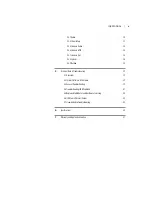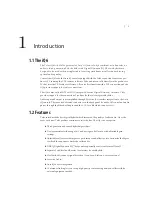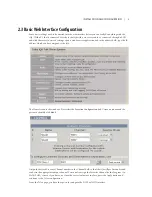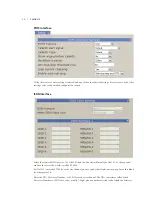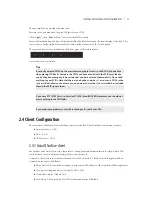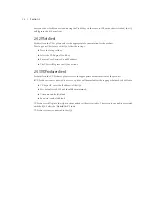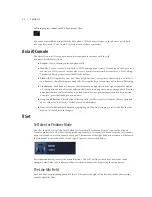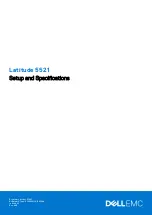
8
| Section 2
2.2.3 Integration with a PBX
The iQ6 will usually be used independently of any other phone system in your facility. But it is possible to
have one or more of the lines come from another phone system. Depending upon the PBX and your prefer-
ences, this can be either ISDN BRI or POTS.
Consider having at least one line directly from the Telco to keep your iQ6 up and running even if the PBX or
its Telco connection goes down.
Using ISDN through PBX
Telos equipment has been used satisfactorily using BRI off the following PBX Switches:
USA and Canada
Nortel Meridian Option 11, 2 wire (U interface). Protocol ID = 6. [user report]
Lucent/Avaya Definity, 2 wire (U interface) [user report]
Avaya IP Office (must use Q.931 mu setting on Telos) [user report]
Outside of the USA
Siemens HiCom series, 4 wire (S interface) [user report]
ETS300 Euro-ISDN is available from many PBX systems outside the USA and compatibility is generally good.
Unless your PBX is listed above, its support of US/Canada National ISDN-1 is not certain. We recommend
you arrange a test for compatibility before committing to the purchase of the PBX ISDN module.
Contact Telos support for the latest information, or to report your experiences with other switches.
Using POTS through PBX
Most PBX or VoIP telephone systems can provide analog ports for analog equipment such as modems and
fax machines. You will need such ports to connect a POTS iQ6 to a PBX.
A few years ago, we advised that hybrid performance was best when equipment was connected directly
to the lines from the Telco. Today, this is not always true. If the PBX is connected to the Telco using digital
lines (such as T1, E1, PRI, S2M, etc), performance through a digital PBX will generally be better than direct
connections to copper analog circuits. This is particularly so if you are located a significant distance from
the Telco central office.
The biggest variable when connecting to a PBX analog port is the quality of the analog port. We have
found that many PBX manufacturers offer more than one analog port option. The better port can usually
be distinguished by its higher cost, and the fact that it may offer 48 volts rather than 24 volts. The iQ6 will
work with either voltage; however experience has shown that the 48-volt version usually has better quality
transformers and other components, resulting in better hybrid performance.
The other thing to investigate is whether the PBX offers ‘Loop Current Wink’ or ‘CPC’ (Calling Party
Control) on the analog ports. Without this supervision, the iQ6 will not detect that a caller on hold has
hung up, and your talent will get a recording “please hang up and dial again…” or dial tone when attempting
to air such calls.




